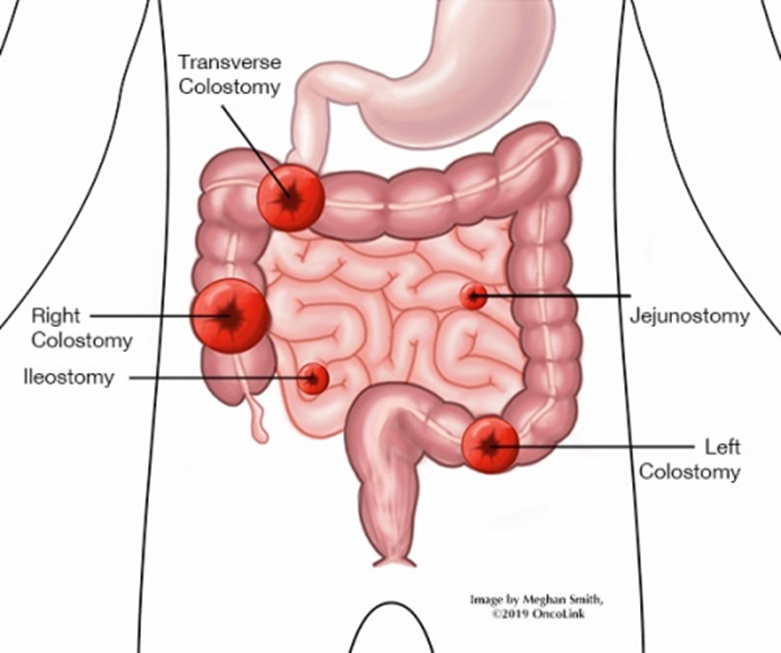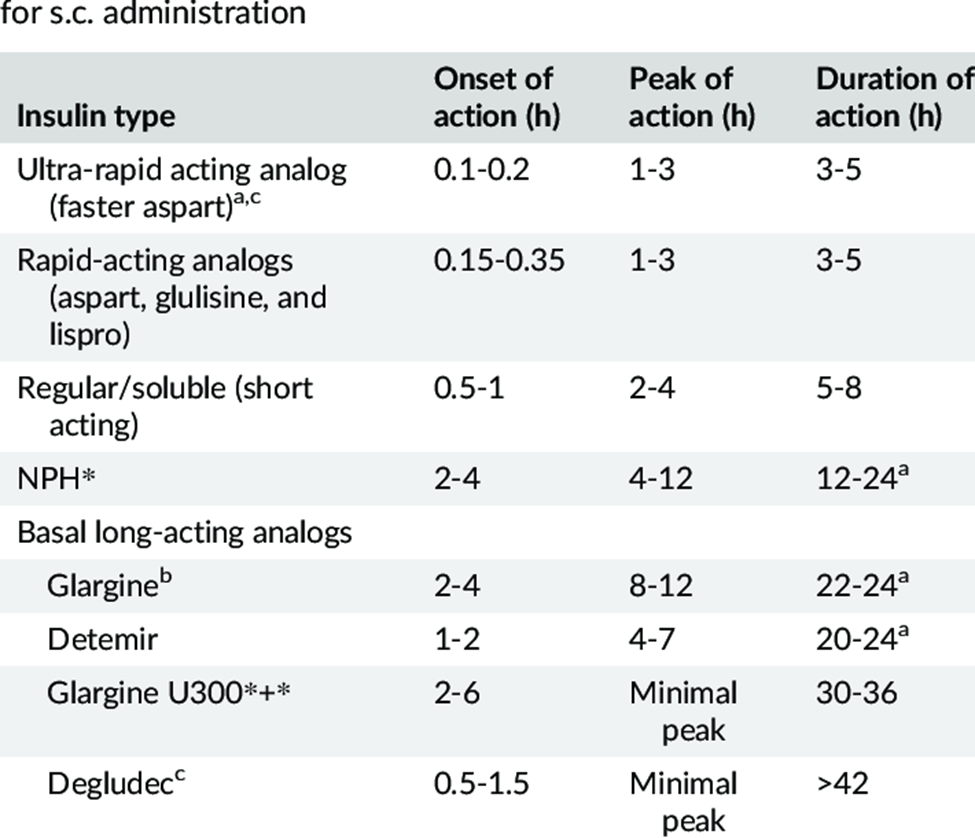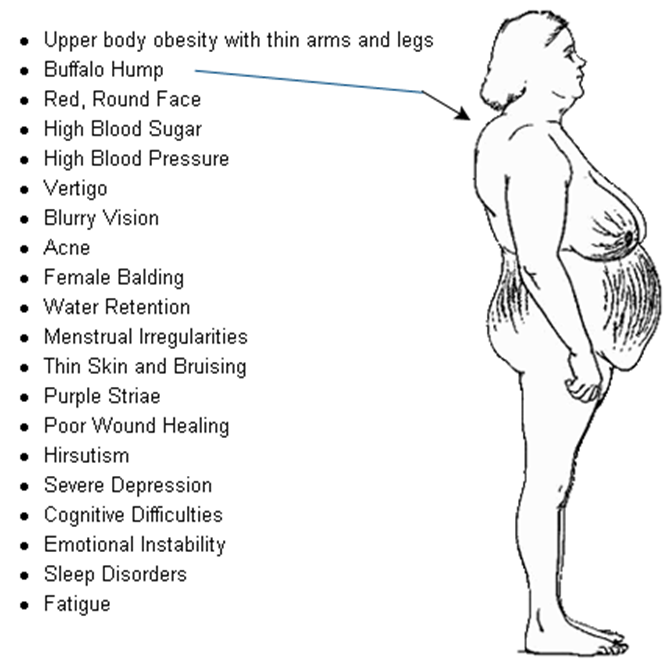A nurse is developing a teaching plan for a client who has an Ileostomy and will require stoma care. Which of the following Information should the nurse include?
Clean the peristomal skin four times a day.
Hold pressure on the skin barrier for 10 to 15 sec to secure the seal.
Empty the pouch when it is 1/3 Full
Expect firm fecal content.
The Correct Answer is C
A. Clean the peristomal skin four times a day:
While keeping the peristomal skin clean is essential, cleaning it four times a day might be excessive and could lead to skin irritation. Typically, cleansing the area when changing the pouch or as needed is sufficient.
B. Hold pressure on the skin barrier for 10 to 15 seconds to secure the seal:
Applying gentle pressure upon application can assist in securing the seal, but the duration might vary based on the manufacturer's recommendations. It's important not to overly press or manipulate the barrier excessively, as it could cause skin trauma.
C. Empty the pouch when it is 1/3 full:
This is the correct advice. Regularly emptying the pouch prevents leakage and ensures the pouch does not become too heavy or cause skin irritation from weight or pressure.
D. Expect firm fecal content:
With an ileostomy, the fecal content tends to be more liquid compared to other types of ostomies like colostomies, so expecting firm fecal content might not be accurate for this situation.

Nursing Test Bank
Naxlex Comprehensive Predictor Exams
Related Questions
Correct Answer is C
Explanation
A. Insulin glargine does not have a duration of 3 to 6 hours. This duration of action is much shorter than the actual duration of insulin glargine.
B. Insulin glargine does not have a duration of 14 to 22 hours. This duration is shorter than the typical duration of action for insulin glargine.
C. Insulin glargine, a long-acting insulin, has a duration of action that lasts approximately 24 to 36 hours. It provides a slow and steady release of insulin, offering a relatively consistent blood sugar-lowering effect over an extended period.
D. Insulin glargine does not have a duration of 6 to 10 hours. This duration is shorter than the actual duration of action for insulin glargine.

Correct Answer is B
Explanation
A. Atorvastatin: Atorvastatin is a statin medication used to lower cholesterol levels. It is not known to cause glucose intolerance.
B. Prednisone: Prednisone is a corticosteroid and can cause glucose intolerance by increasing blood glucose levels. Corticosteroids can lead to insulin resistance, impaired glucose utilization, and increased gluconeogenesis.
C. Ranitidine: Ranitidine is an H2 receptor antagonist used to reduce stomach acid production. It is not known to cause glucose intolerance.
D. Guaifenesin: Guaifenesin is an expectorant used to help loosen mucus in the airways. It is not known to cause glucose intolerance.

Whether you are a student looking to ace your exams or a practicing nurse seeking to enhance your expertise , our nursing education contents will empower you with the confidence and competence to make a difference in the lives of patients and become a respected leader in the healthcare field.
Visit Naxlex, invest in your future and unlock endless possibilities with our unparalleled nursing education contents today
Report Wrong Answer on the Current Question
Do you disagree with the answer? If yes, what is your expected answer? Explain.
Kindly be descriptive with the issue you are facing.
